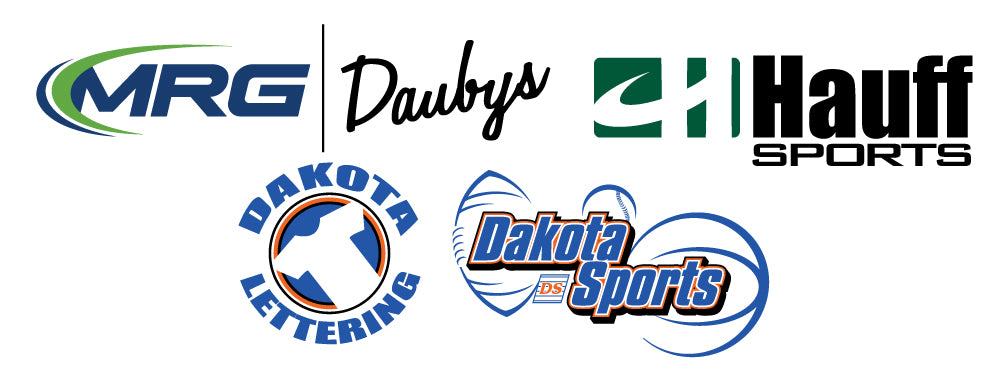"Game Speed" practices aren't just a buzzword. If you’ve been around sports long enough, you’ve heard it: “We’ve got to practice at game speed.” Coaches toss it out like sunflower seeds in a dugout. But here’s the question: What does it actually mean?
Game speed is more than moving fast. It’s recreating the intensity, decision-making, and physical demands of competition inside practice. Too often, players execute drills perfectly in warm-ups, but the minute the game starts and it's "go time"? Mistakes. Hesitation. Overthinking. Panic. That’s the gap between practice pace and game pace.
And here’s the kicker: practicing at game speed isn’t just about sprinting harder. It’s about mental reps, situational pressure, communication, and fatigue management. Done right, it makes practice the hardest part of the week, so the game feels—dare we say—fun.
Sports science backs this up. Studies of soccer and basketball training show that athletes who practice at near-game intensity develop:
-
Better decision-making under fatigue (reaction times improve when pressure is simulated).
-
Faster skill transfer (motor learning sticks when context mimics reality).
-
Higher resilience (players adapt to the emotional stress of a real game).
Put simply: if you want your players to play fast, they have to practice fast. Walking through plays at half-speed only locks in bad habits.
Now, let’s get real. Experienced coaches know the excuses:
-
“We don’t want to burn out legs before game day.”
-
“The kids already know the plays—we don’t need to go full speed.”
-
“We’ll save the intensity for game day.”
Here’s the problem: game day exposes every shortcut you take in practice. The athletes who jog through sets will hesitate or panic under pressure. The ones who never experience fatigue in practice will fade in overtime.
Yes, balance matters. But “saving legs” doesn’t mean slowing everything down. It means designing efficient, competitive reps that mimic game pace without needless grind.
5 Core Principles of Practicing at Game Speed
-
Every Drill Has a Purpose
Running fast doesn’t automatically mean practicing at game speed. Coaches sometimes confuse pace with purpose—shouting “go faster” without tying speed to a real, in-game skill. Instead, make sure every drill connects directly to what athletes need in competition.
-
Example: If your drill is a 3-on-2 transition, define what “success” means—are you teaching defenders to stop the ball early, or teaching attackers to create quick numbers advantages?
-
Coach Tip: Tell players up front: “In this drill, I’m looking for quick ball reversals, not just fast running.” Specificity keeps them sharp.
-
-
Time and Space = Pressure
Games happen in compressed windows—tight defense, short clocks, and no room to breathe. Practice should mirror that. By shrinking the space or adding time pressure, you force athletes to make quicker reads and execute with precision.
-
Example: In basketball, run shooting drills with a 5-second clock for each rep. In soccer, cut the field to a third of its size and watch how spacing and decision-making improve under tighter quarters.
-
Coach Tip: Adjust difficulty on the fly. If players look comfortable, shrink the space further or reduce time. If they look lost, give just a touch more room to keep reps meaningful.
-
-
Fatigue is a Teacher
Games are rarely played with fresh legs. Fatigue exposes flaws: lazy footwork, poor decisions, sloppy technique. Instead of saving conditioning for the end of practice, weave it into drills so players learn to execute while tired.
-
Example: In football, run hurry-up offense segments where players must execute a full set of plays after gassers. In volleyball, run serve-receive rotations immediately after a sprint.
-
Coach Tip: Build “layered fatigue”—short bursts followed by skill execution, not endless laps. This way, players associate tired legs with focus and discipline, not just exhaustion.
-
-
Repetition Under Chaos
Games are unpredictable. A tipped ball, a deflection, an odd bounce—how your athletes react separates good teams from great ones. Rehearsing under “perfect” conditions won’t prepare them for chaos.
-
Example: In soccer, toss an extra ball onto the field mid-drill and force teams to transition instantly. In basketball, allow coaches to randomly call “live ball” on a missed shot, creating scramble situations.
-
Coach Tip: Encourage mistakes in these chaotic reps. Tell players: “I’d rather you mess it up here at full speed than freeze later in a game.” Chaos builds adaptability.
-
-
Feedback at the Pace of Play
Nothing kills momentum like stopping practice every 30 seconds. At game speed, feedback should be short, sharp, and immediately actionable. Long speeches make players lose rhythm and intensity.
-
Example: Instead of halting a drill to lecture, yell: “Eyes up!” or “Finish strong!” during play, then break things down in huddles or after reps.
-
Coach Tip: Use video sessions off the court/field to deliver detailed breakdowns. Keep live practice focused on tempo, quick corrections, and rhythm.
-
Practicing at game speed isn’t about screaming “faster.” It’s about designing practice environments that mimic game realities—tight time, limited space, decision overload, fatigue, and chaos—while delivering feedback in real time. Do this consistently, and your athletes will stop thinking about the game and start playing it. Also, a well-placed "move, move, MOVE!", from time to time, does work to keep players on their toes and adds a little chaos to a drill. Just don't overuse it.


